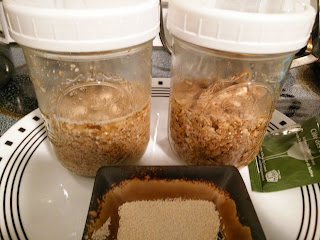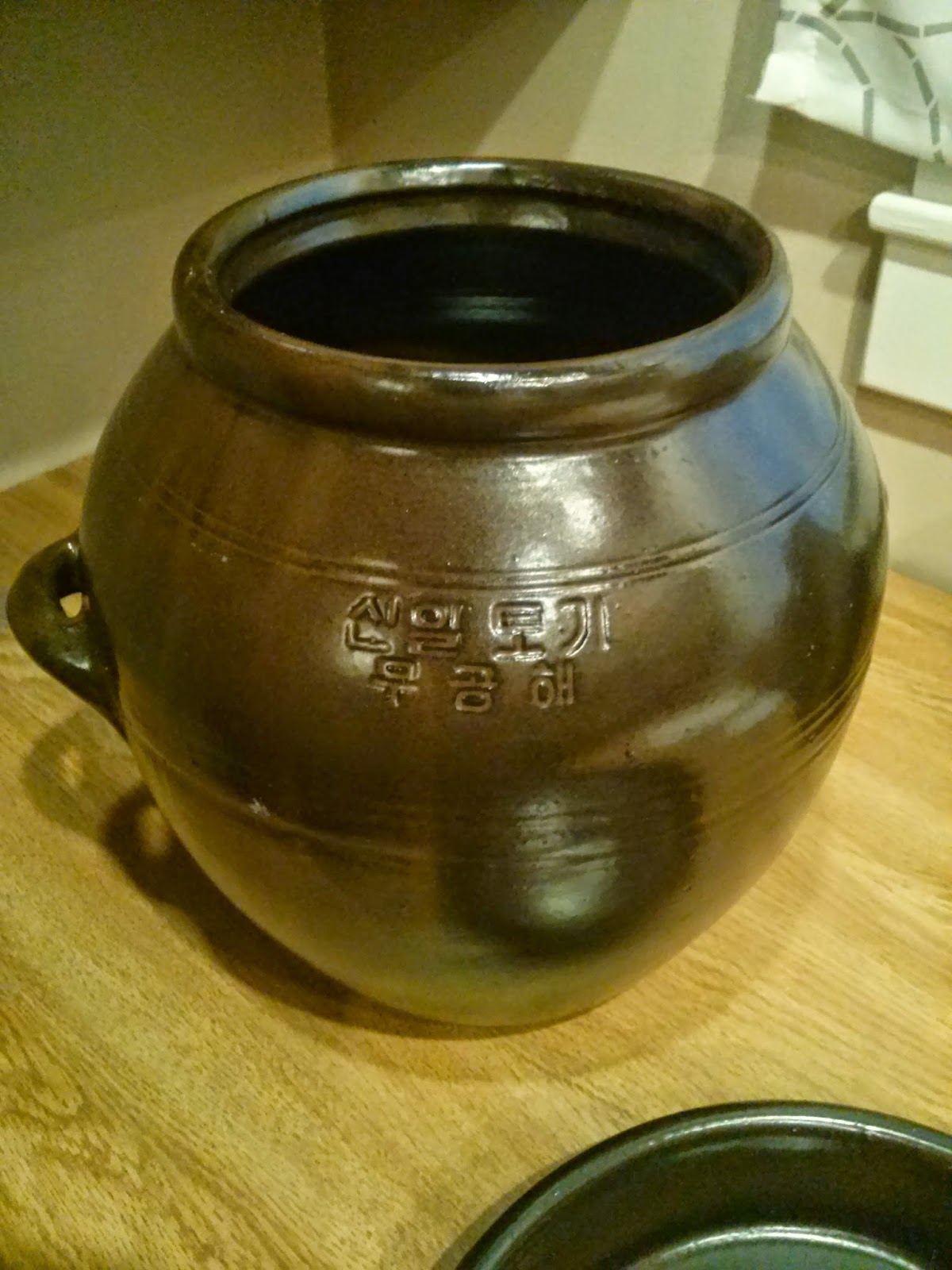Brew Preview: Hibiscus Makgeolli
Brew Preview showcases what is currently in the works at Moon & Lion.
We are currently working on a Hibiscus Makgeolli, which adds hibiscus petals to the primary fermentation. This brew is inspired by Jeff Rubidge's Hibiscus Makgeolli. I was able to try Jeff's brew at a recent makgeolli meetup and it was fantastic. This is our take on it. The goal to infuse a bit of hibiscus flavor and aroma, and to impart some of the lovely purple hibiscus color in our makgeolli.
A few notes on this makgeolli:
This is a nuruk only makgeolli, which means no additional brewing yeast was used during the process.
A starter (석임) was used to activate the yeast within the nuruk. The starter typically takes 1-2 days to activate to full potency.
The hibiscus used is actually a hibiscus tea, which is dried and not fresh. Using fresh hibiscus will likely require a much greater volume of hibiscus.
I'm trying a new brand of rice for this brew and future brews: Tamanishiki Super Premium Short Grain Rice
The Process:
Starter.
A starter was made using nuruk, rice flour, and water.
Boiling water was added to the rice flour to create a porridge, or juk (죽). Nuruk (누룩) was ground into powder using a food processor. The juk was cooled to room temperature, and then the powdered nuruk was folded into the juk. The starter took about 2 days to activate.
Makgeolli.
Godubap (고두밥) was made with 1kg of short-grain rice, and let cool to room temperature.
Nuruk was ground into powder using a food processor, like in the starter above.
About 2 Tablespoons of hibiscus flowers were measured and set aside.
The cooled godubap was placed in a fermentation jar, or hangari (항아리), followed by nuruk, hibiscus, starter, and about 750 mL of filtered water. Everything was mixed by hand and set to ferment at room temperature.
The brew is still fermenting. The fermentation is taking a bit longer due to the winter temperatures.













Comments
Post a Comment